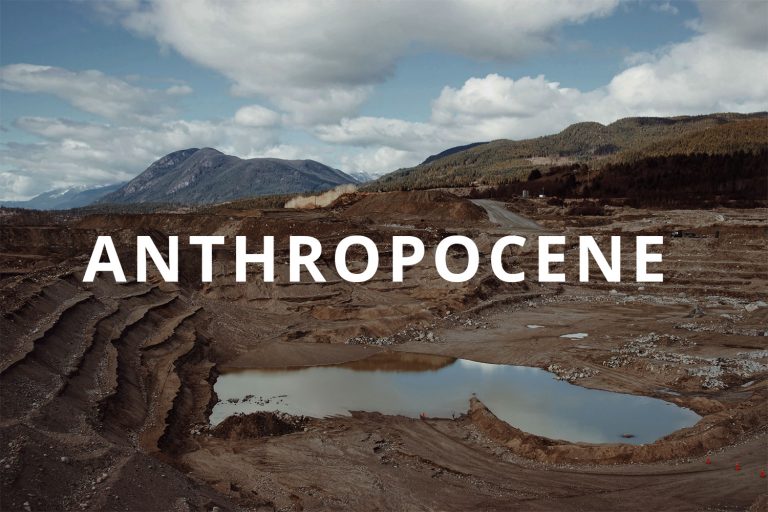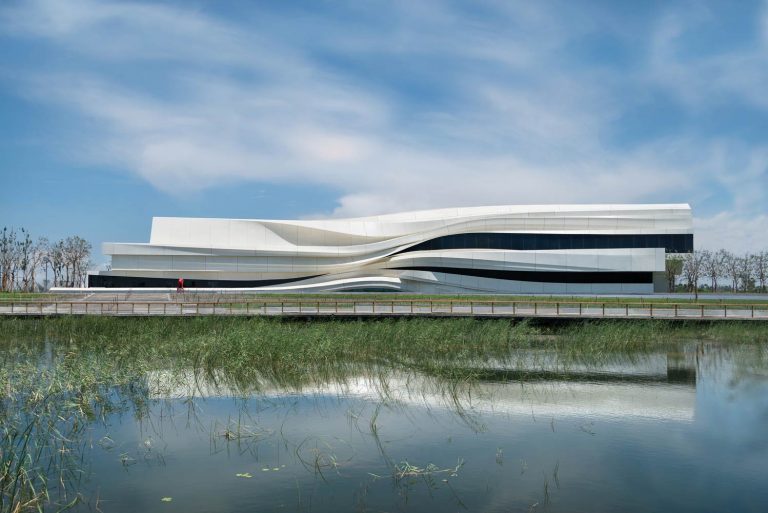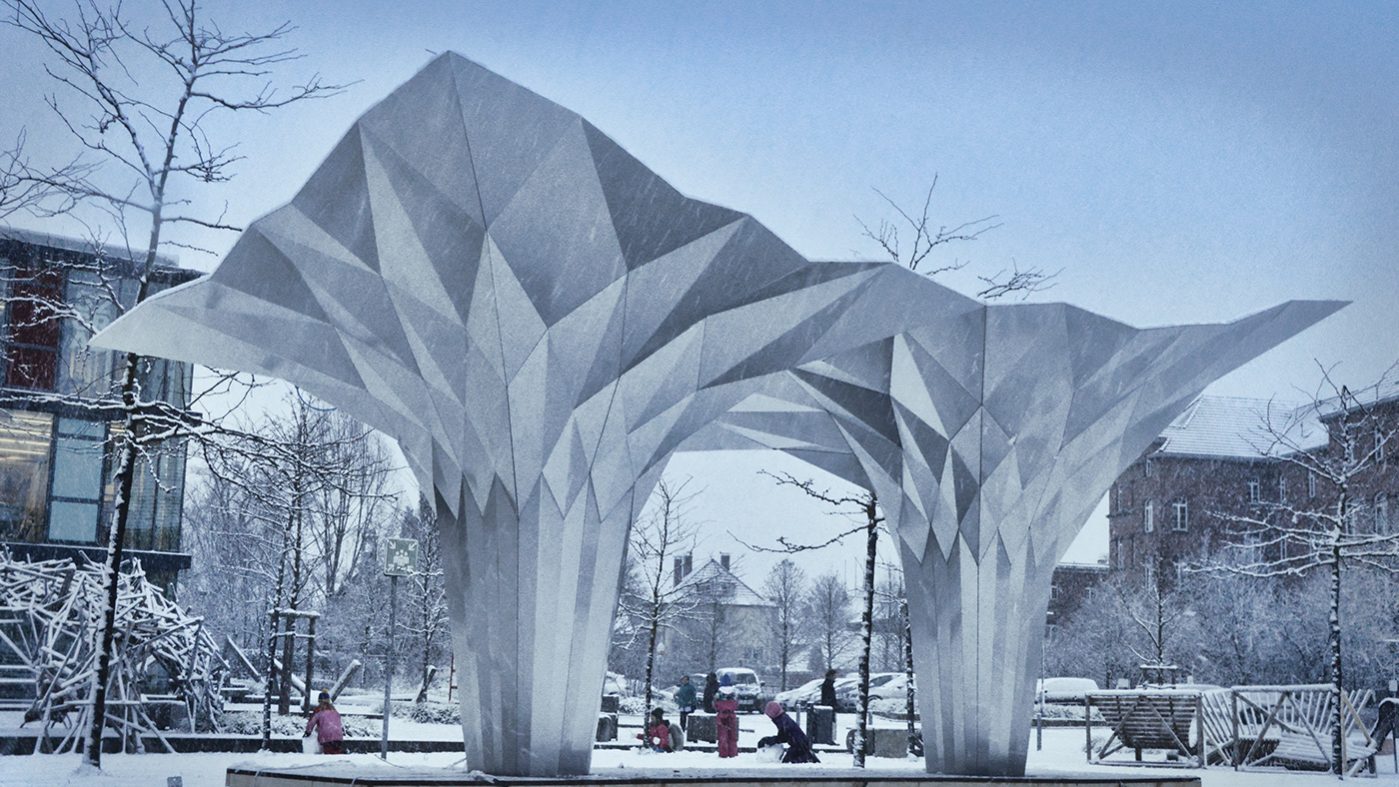
The new exhibition named “Refik Anadol: Unsupervised” of world-renowned media artist Refik Anadol will take place at the New York Museum of Modern Art (MoMA) between November 19, 2022, and March 5, 2023.
Refik Anadol announced the exhibition by sharing the news from the New York Times, “…the announcement of our exhibition, which will open at MoMA on November 19, has been published in the New York Times! As the first Turkish artist to have a personal NFT exhibition, which is the dream of many artists, I am proud to share this news with you!”
Previously Refik Anadol joined our Computational Design: NEXT 2.0 conference and gave an amazing lecture on data-driven art; click here to learn more.

He has previously displayed at the Tate Britain, London; the Centre Georges Pompidou, Paris; and the Museo Nacional Centro de Arte Reina Sofía, Madrid.
While “Unsupervised” will comprise Anadol’s first solo museum exhibition in the United States, it will not be his first engagement with MoMA. Last year, Anadol created his work called “Machine Hallucinations” with the help of artificial intelligence, using more than 138 thousand materials from the museum’s public archive. The artwork visualized the story of New York through the city’s collective memories that constitute its deeply-hidden consciousness.

Refik Anadol opened the doors of Moma’s archives again for this exhibition in collaboration with MoMA curators Michelle Kuo and Paola Antonelli. Anadol used data from MoMA’s collection for 200 years to create three data-driven installations. The works create bridges between technology, creativity, and modern art by constantly creating new forms with artificial intelligence. “The history of modern art will be transformed by the liveness of public space in the present,” the museum explained.
In the MoMA’s Gund Lobby, a 24×24 meter media wall will continually generate new forms at the intersection between technology, creativity, and modern art.

The exhibition’s curator, Michelle Kuo, said, “This project reshapes the relationship between the physical and the virtual, the real and the unreal,” and added, “Often, AI is used to classify, process, and generate realistic representations of the world. Anadol’s work, by contrast, is visionary: it explores dreams, hallucination, and irrationality, posing an alternate understanding of modern art—and of artmaking itself.”
Listen to PA Talks 07 – Refik Anadol







































